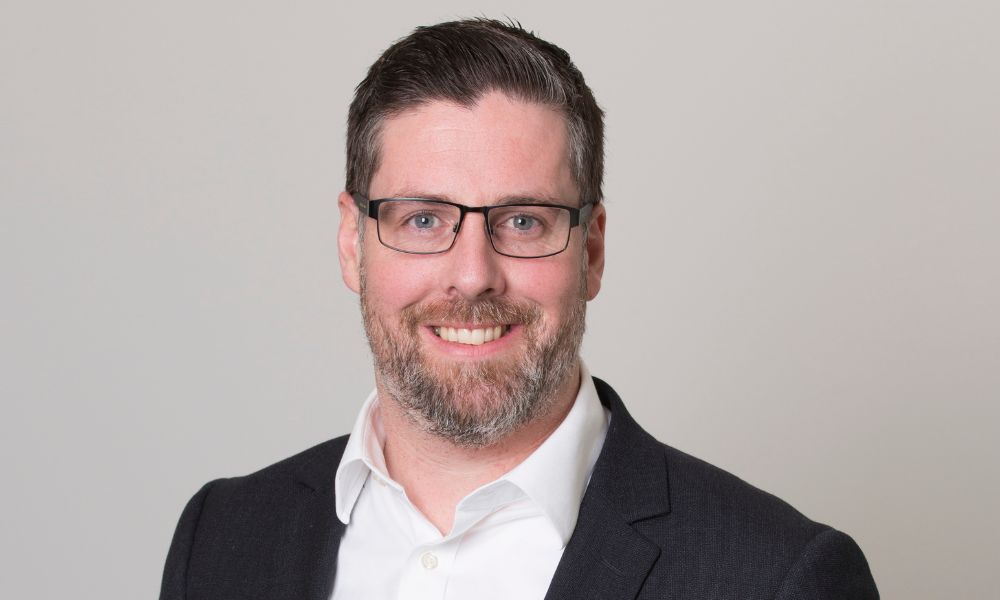Renewable energy zones face a major challenge – what is it?

Renewable energy zones face a major challenge – what is it? | Insurance Business Australia
Environmental
Renewable energy zones face a major challenge – what is it?
A bold concept with a fatal flaw?
Environmental
By
Daniel Wood
In June, the Central West Orana Renewable Energy Zone (REZ) became the first in Australia to secure planning approval for its transmission lines. Those lines will connect multiple renewables projects from Dubbo to Mudgee to the NSW electricity grid.
The government hopes more than 30 REZs around the country will start moving forward and enable Australia to reach its target of drawing 82% of its energy from renewables by 2030.
According to the independent Climate Council, an REZ is “the modern-day, renewables-based equivalent of a power station, combining generation, transmission and storage to make sure our energy system is secure, affordable, clean and reliable.”
However, according to insurance broker John Rae (pictured above), these particular renewables projects have a major insurance challenge to overcome.
Accumulation risks
“The biggest concern for insurers would be accumulation,” he said. “So a large amount of assets of high value in a small area with exposure to nat cat.”
Rae is head of renewable energy Australasia at WTW, the global risk management and insurance brokerage.
He gave the example of solar projects which are vulnerable to hail and cyclone risks.
“If you put that all in a single area in very close proximity to one another, insurers have to analyse the possibility that a single hailstorm event could come in and wipe out several projects, not just the project at hand,” said Rae.
Which means one huge event could wipe out every project in the REZ.
Australia’s long electricity network
However, Rae said the reasoning behind these cluster style projects was dealing with another energy challenge peculiar to Australia.
“Our electricity network is the longest, skinniest network in the world,” he said.
This means connecting to the grid is more costly and time consuming than it is in some other developed nations.
“To deal with that, the government has created a plan to localise a lot of generation and work on renewable energy zones such as the New England REZ or Central West Orana REZ,” said Rae.
This involves investing a large amount in the grid connections in these zones to allow many projects to connect in a small area.
“The really positive benefit is that it limits the grid constraints which are a big issue for developers,” he said. “But from an insurability point of view is very bad because, essentially, what you’re doing then is putting a lot of the same technology that is exposed to the same nat cat events in a very small area.”
This accumulation of risk can lead to insurers only allocating limited capacity for certain risks like hail or bushfire.
Rae said some of the projects within a REZ are finding that the insurer they are approaching is already providing coverage for another project in the same zone.
“So they can’t provide full capacity,” he said.
Which means the developers of these projects, said Rae, need to pay close attention to the full implications of site selection.
Big Batteries
Big Battery projects are another essential part of the renewable energy infrastructure.
According to Renew Economy, more than 20 Big Battery projects are in operation around the country and about 40 are at various stages of construction.
Batteries and storage capability are a critical part of renewable energy infrastructure because, unlike fossil fuels, renewable energy sources are generally not dispatchable. Weather dependent solar and wind power cannot necessarily be supplied on demand which is a challenge for the stability of electricity grids.
Big batteries help solve this major issue.
Long term thinking needed
Given the urgent need for renewables projects to quickly replace fossil fuel operations, the WTW broker urged developers to think more long term.
He said this was his main message when he spoke at the Australian Clean Energy Summit 2024.
“Really think about the long term,” said Rae. “We keep hearing from developers who ask, ‘What are the premiums right now?’ Companies need to move away from the immediacy and look at that future – so how do you de-risk this project to ensure that it is financially viable in the future?”
Are you an insurance professional working in the renewables space? What insurance challenges are you seeing? Please tell us below
Related Stories
Keep up with the latest news and events
Join our mailing list, it’s free!





